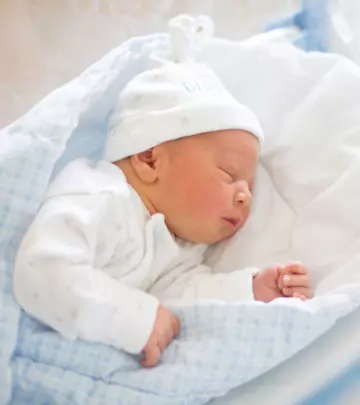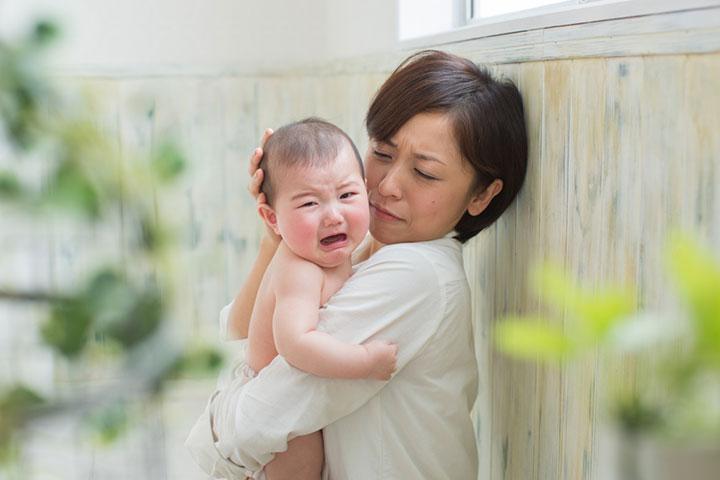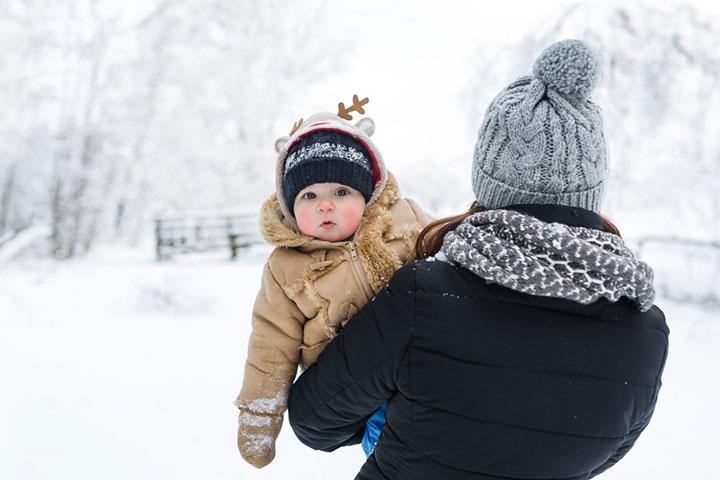
Image: Shutterstock
Soon-to-be parents and first time parents are often flooded with baby facts and advice even before the arrival of their newborn. And with all the information out there, it may take you by surprise that there are still a couple of things left about babies that you probably didn’t know. Your precious newborn may seem like a helpless little lamb and for the most part they are. Babies are in constant need of attention but they also have some interesting and unexpected abilities. In fact, they are far more capable and strong than we would think. For example, did you know that some babies sleep with their eyes half open or that they have more bones than an adult human? How cool is that! It turns out there are some awesome things about babies that not a lot of people know about. So, here’s your chance to find out what they are. Read on to know them all!
1. They Don’t Have Bony Kneecaps
Image: Shutterstock
We don’t just mean that your newborn looks rolly-polly. Babies are born with more flexible cartilages in their knee joints instead of bones (1). This makes sense as bones are prone to breakage. This can make the birthing process more difficult and cause injuries. Eventually as your baby grows this cartilage will harden and turn into strong bony kneecaps like adults have.
2. They Have More Bones Than We Do
Image: Shutterstock
While your little one may not have fully developed knee joints with bones, they actually possess a significantly greater number of bones than adults! Yes, that tiny bundle in your arms begins with approximately 100 more bones in their body than grown-ups do (2). At birth, babies have around 300 bones. However, over time, these bones gradually merge and transform into the 206 bones found in adults. Some of these bones start as cartilage and gradually ossify through the introduction of calcium as the child grows. This entire process typically concludes by the age of 22, after which bones no longer have the capacity to grow. How intriguing!
3. Babies May Cry A Lot But They Have No Tears
Image: Shutterstock
After birth, a baby’s tear ducts are still in the process of development, so it’s quite common for them to cry without tears during the initial weeks of life. However, most babies start shedding tears around the age of 2 weeks, although some may take up to 2 months to do so. Despite the absence of tears, babies spend approximately 2 to 3 hours each day crying, often for various reasons. Crying serves as their primary means of communication with caregivers. While sometimes they cry without an apparent cause, more often than not, it’s because they are hungry, tired, or in need of a diaper change (3).
4. Babies Don’t Sweat
Image: Shutterstock
Babies do not perspire in the same manner as adults. This is primarily because their lacrimal ducts and sweat glands are not fully developed (4). There are two types of sweat-producing glands in our bodies: apocrine glands, which only become active during adolescence, and eccrine glands, which become active within the first few weeks after birth (5). Therefore, it’s crucial to ensure that your baby does not become overheated when they are still very young. Wrapping your baby in multiple layers can be risky, as they are not yet capable of regulating their body temperature.
5. Babies Don’t Shiver In The Cold Either
Image: Shutterstock
Newborns don’t shiver when they feel cold. They have a different way of accomplishing thermoregulation in order to keep themselves warm. 5 percent of your baby’s body is occupied by brown adipose tissue which protects your baby from overcooling (6). And this is why babies are less sensitive to the cold than adults! If your baby is shaking, it’s most likely due to hunger or neurological problems in some cases.
6. They Have Taste Buds In More Places Than We Do
Image: Shutterstock
Have you ever wondered why your baby seems compelled to put everything they touch into their mouth? Well, this behavior is rooted in the fact that taste is one of the primary ways your baby interacts with the world around them. Despite having a similar number of taste sensors as older children and young adults, babies have a broader distribution of these sensors (7). Baby taste buds are not limited to just their tongues; they can be found on their tonsils and even at the back of their throats. What’s more, they have the ability to recall the tastes of the foods their mother consumed during pregnancy. While in the womb, babies ingest the amniotic fluid, which carries the flavors of their mother’s diet, and they often exhibit a preference for these familiar tastes after birth (8).
Learning everything there is to know about babies is a never ending task. They change drastically and rapidly but hey, that’s the beauty of life. Which little baby fact surprised you the most? Let us know in the comments section!


















